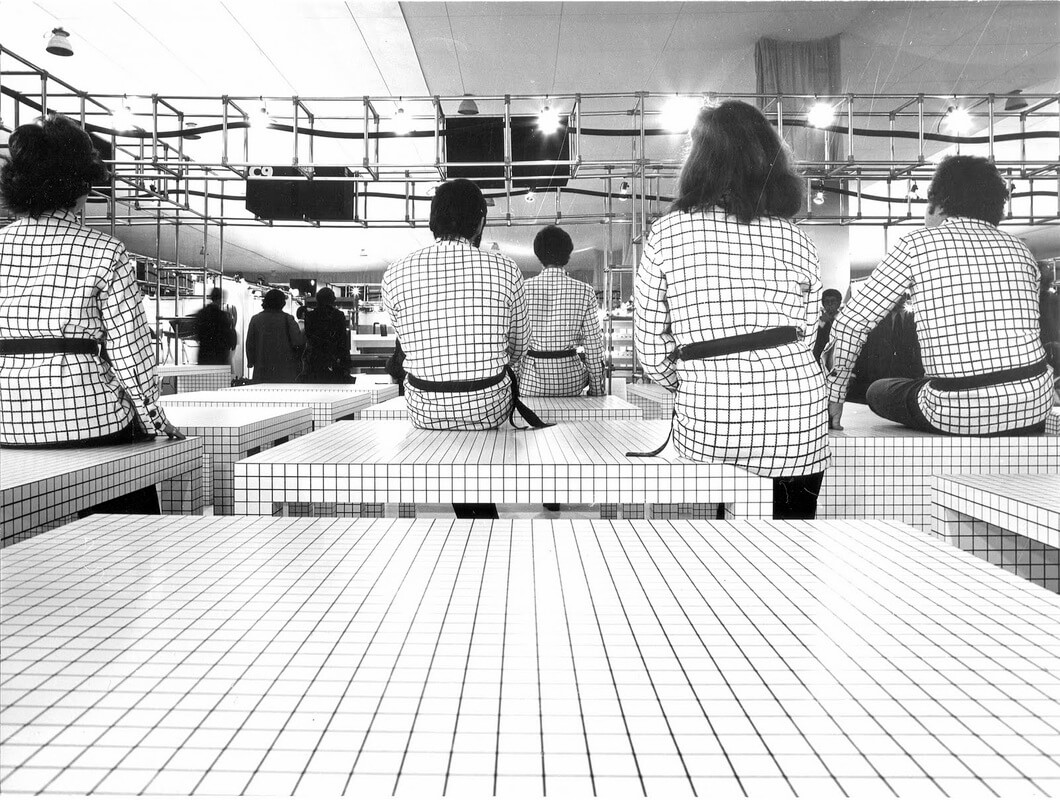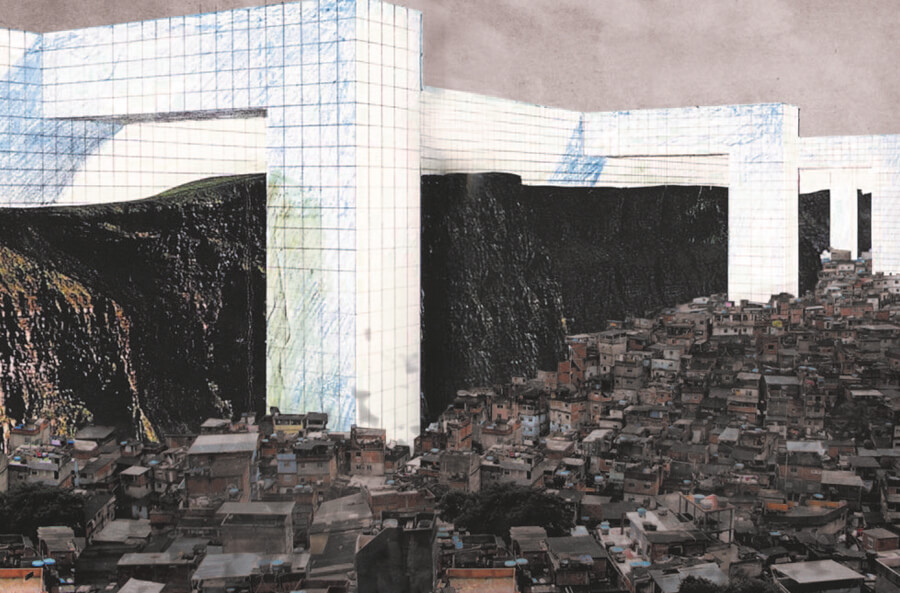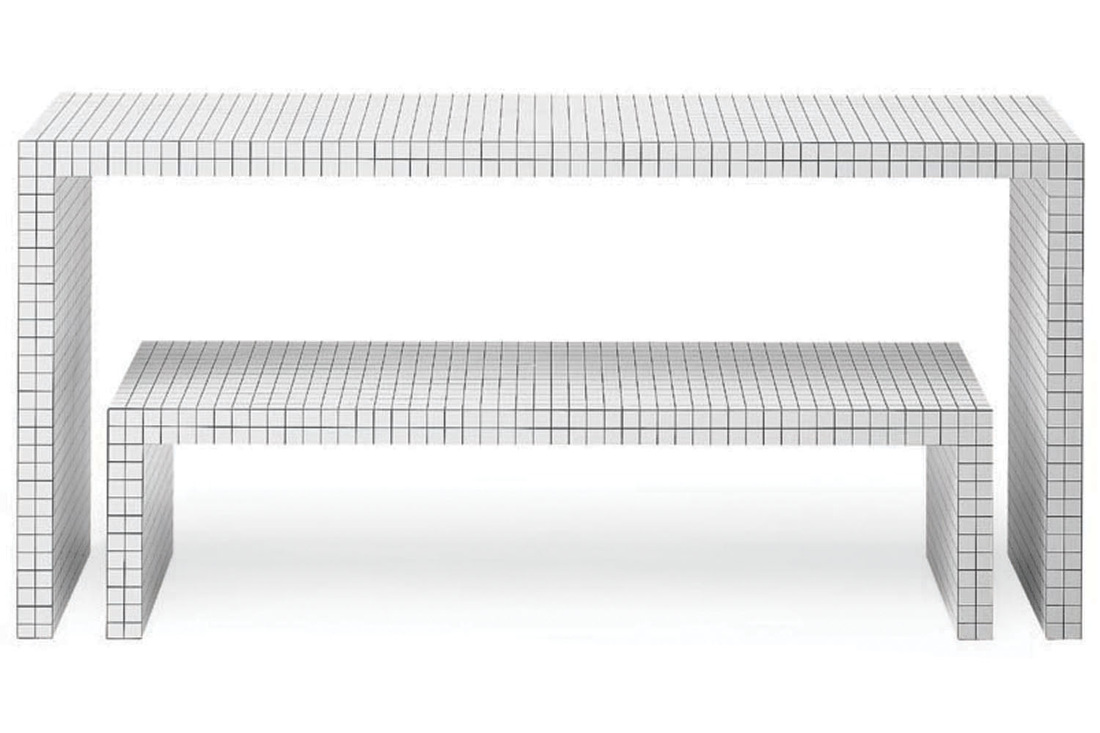The Italian design collective Superstudio had never really finished a building, and all of its designs have remained unrealized utopias of alternative architecture and planet/urban planning. Yet, like German Expressionism, which rarely conceived real buildings, it has maintained a key place in the pantheon of 20th-century design. Now, Maxxi Museum in Rome has opened “Superstudio: 50 Years of Superarchitettura,” an exhibition that comes to examine the vision, energy, and mysterious allure of the Florence-based group, active in the anti-design movement in Italy. Founded in 1966, Superstudio consisted of 20-something young radicals, interested to explore the philosophical and theoretical aspects of design while envisioning the planet as a network of grids, which they called ‘Supersurface.’ Most of them ended up in the academia, but during the group’s 12-year existence, its imagery was regularly published in Domus Magazine (see below), has ultimately came to influence contemporary architects such as Steven Holl and Rem Koolhaas, while the furniture, typically produced in small numbers by Zanotta, has had a presence in the international marketplace, attracting those collectors interested in the philosophical moment of Italian design.






